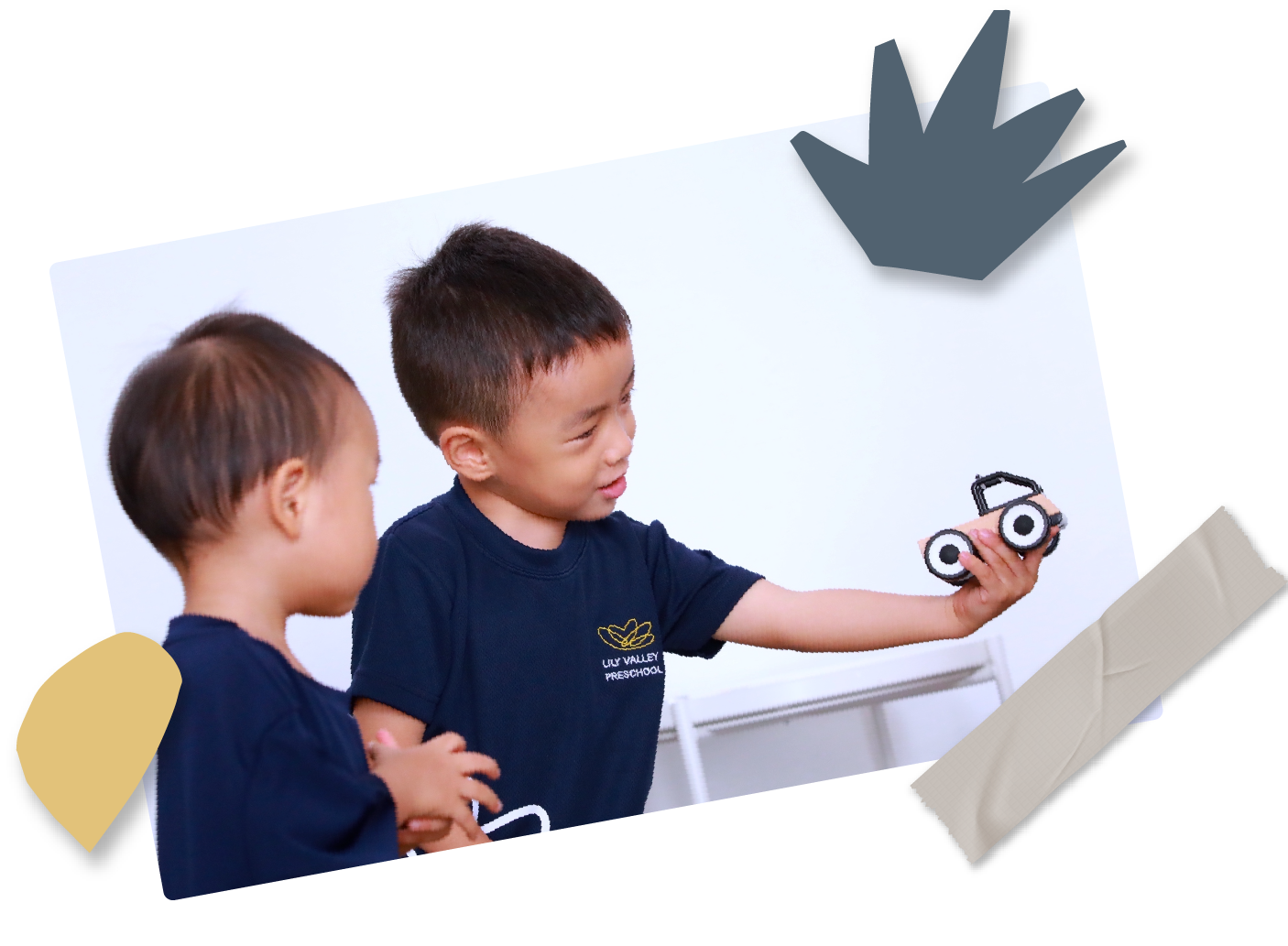
How Is the Reggio Emilia Approach Different From Traditional Approaches: Is It Right For Your Preschool Child?
Play-Based Approach
Last updated on 5 Aug 2024

Play-Based Approach
Last updated on 5 Aug 2024
How Is the Reggio Emilia Approach Different From Traditional Approaches: Is It Right For Your Preschool Child?
Play-Based Approach
Last updated on 5 Aug 2025
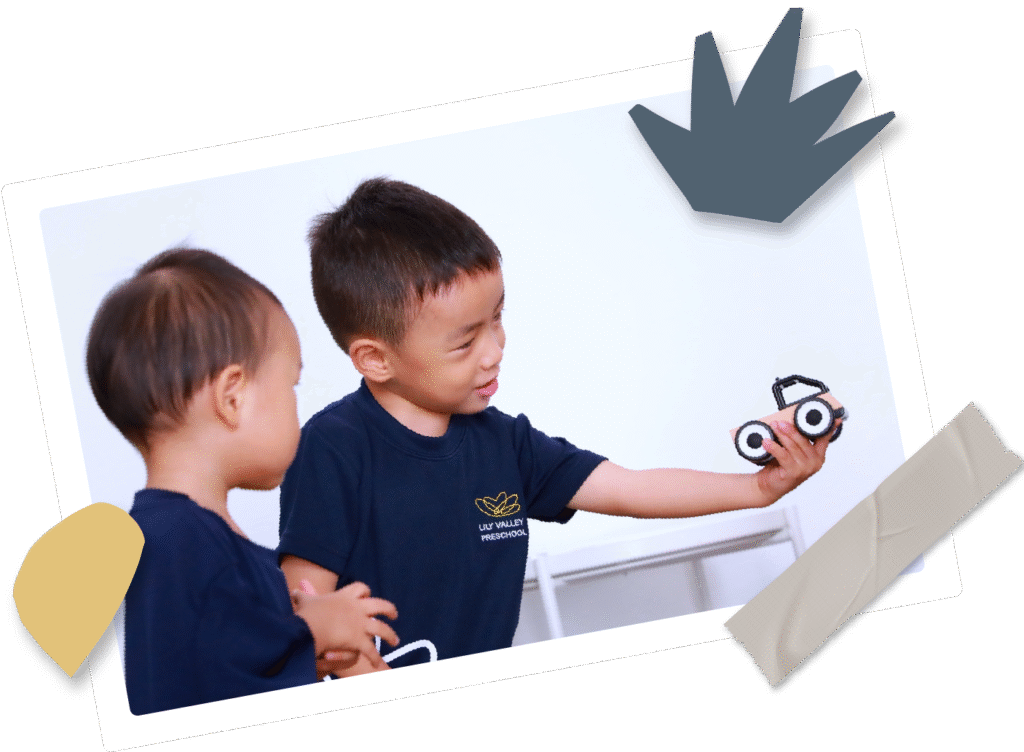
One of the biggest challenges parents face when finding a preschool for their children is selecting an approach. There are several educational approaches out there, each with its strengths and areas of focus, so it can be difficult to sort through all of the options.
Today, we’ll take you through what it means to be a Reggio-Emilia-approach preschool so that you can familiarise yourself with this particular educational philosophy. You’ll also learn why this approach is appealing if you want early education that considers the importance of play in early childhood.
This should get you one step closer to figuring out the right approach for your child!
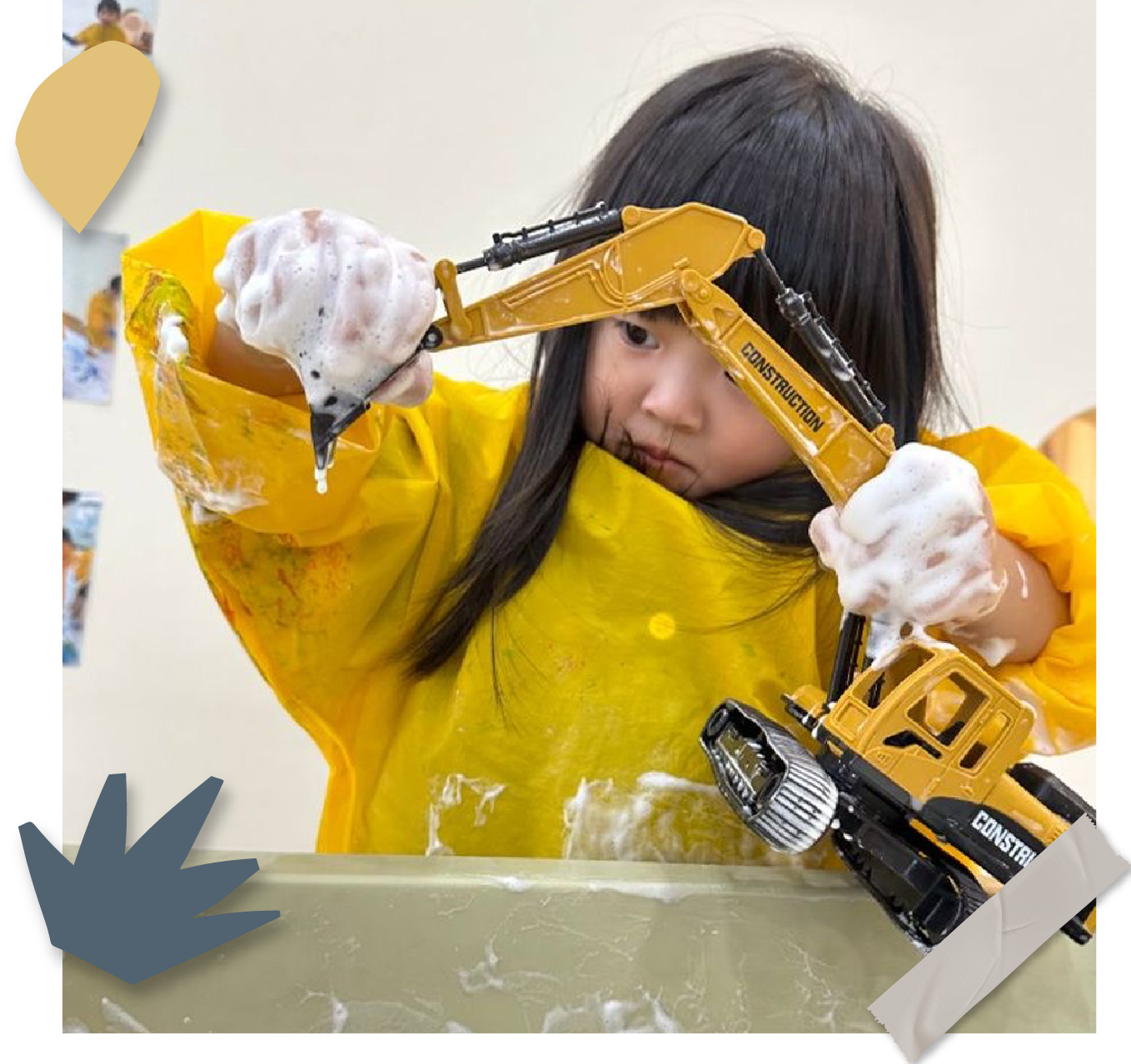
The Reggio Emilia approach is a philosophy of early childhood education that puts children at the very centre of the learning experience. In this educational method, learning is led by the child, who has agency over how their own education takes shape.
This is therefore an approach that emphasises the empowerment of children. Teachers guide and support instead of dictating. Children collaborate with them as well as their parents and peers as they learn more about the world, resulting in a highly exploratory and creative approach to learning.
Reggio Emilia is also an approach that recognises the importance of play in early childhood. In this approach, play is a foundational tool for a child’s growth.

This approach differs from others in a variety of ways. Below are the most noteworthy areas of difference:
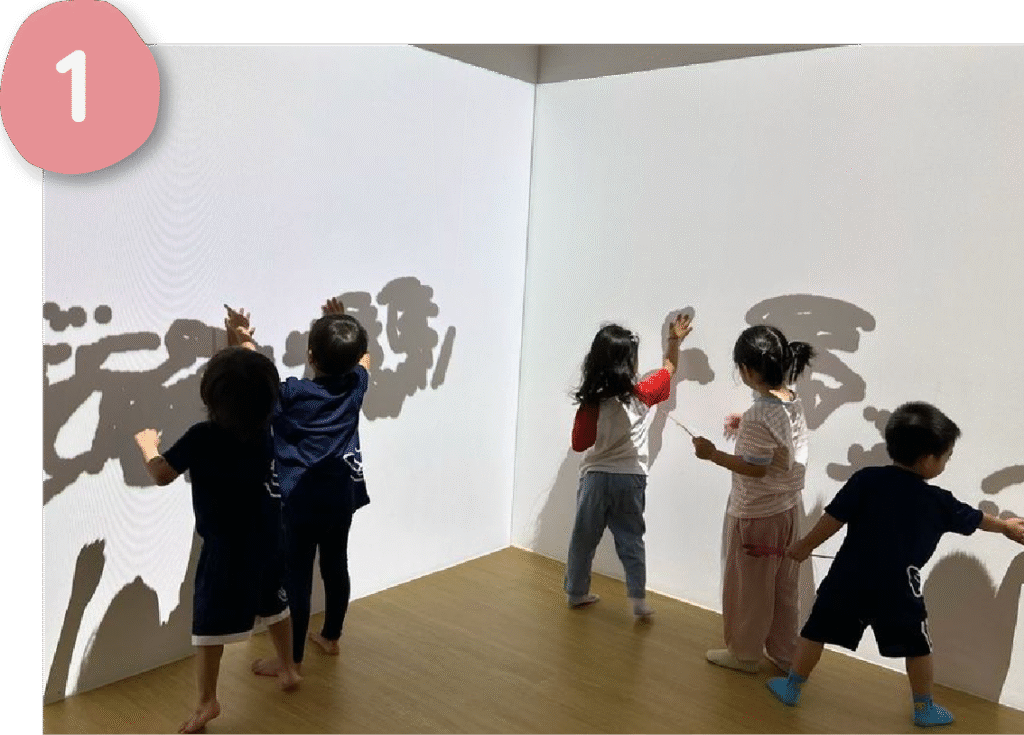
In the Reggio Emilia approach, there’s a clear emphasis on a child-centred, experiential, and collaborative learning environment. This is in clear contrast to traditional learning approaches that follow a teacher-centred model.
In those traditional approaches, educators impart knowledge by feeding it directly to the child as in the classic classroom setting. Children are more listeners than active collaborators, which is a stark difference from the way they actively construct their own learning in the Reggio Emilia approach.
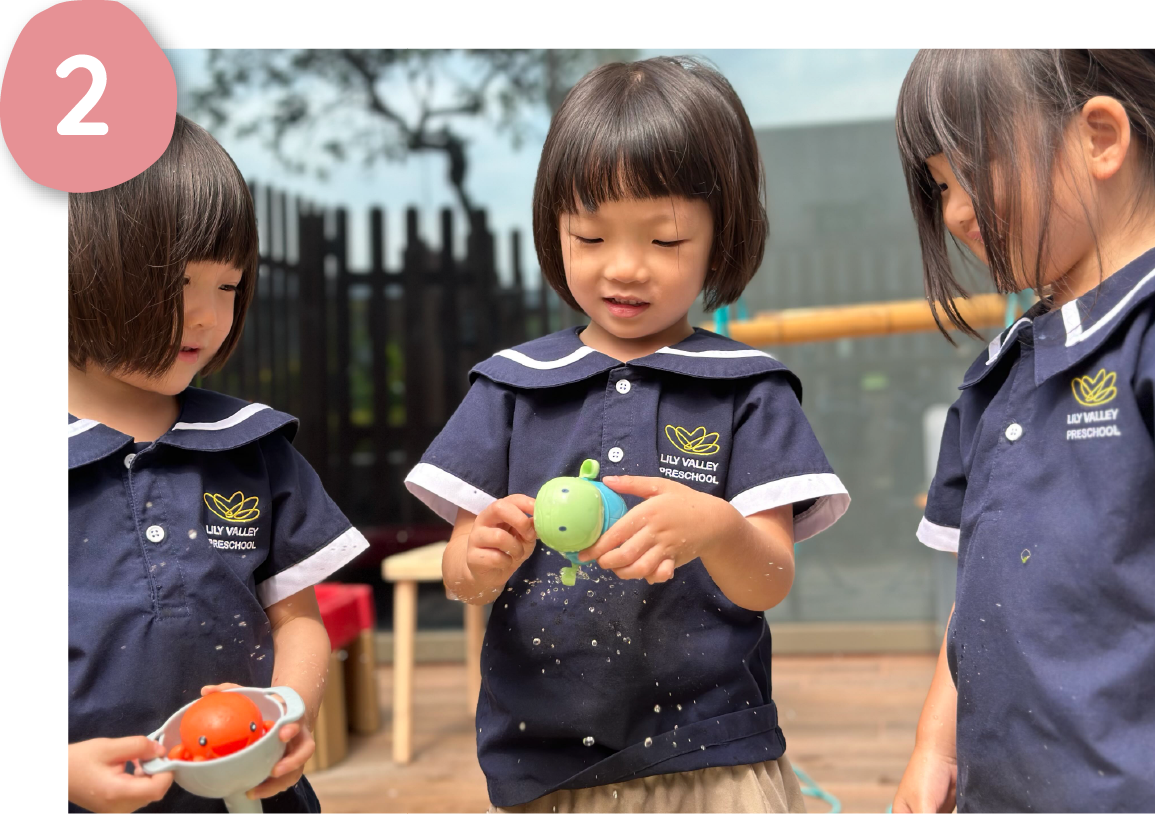
The Reggio Emilia-inspired curriculum is typically an evolving one, changing to adapt to the interests and questions of the children themselves. Even projects and activities are modified by that, which makes the approach ideal for those seeking more personalised and flexible learning styles.
In comparison, traditional learning approaches follow rigid curricula. These are usually predetermined by an educational authority or standard, with the focus being to cover certain topics within a given period.

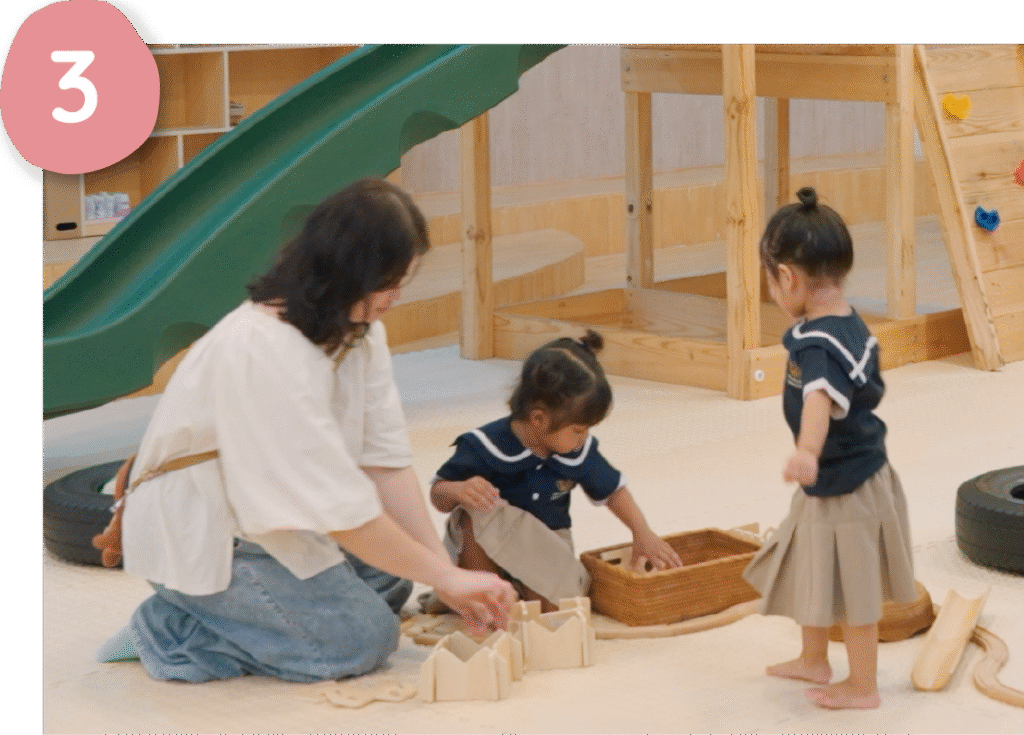
Reggio Emilia views play as a form of inquiry and expression. This is not mindless entertainment but an avenue for exploration, enquiry, and experimentation.
Learning through play is central to the emergent curriculum of Reggio Emilia. Here, children’s exploration can lead to meaningful projects and ideas.
In traditional approaches, play may be present too, but is often limited to recess or unstructured time. This is because it’s often treated as separate from academic or meaningful learning in such spaces.
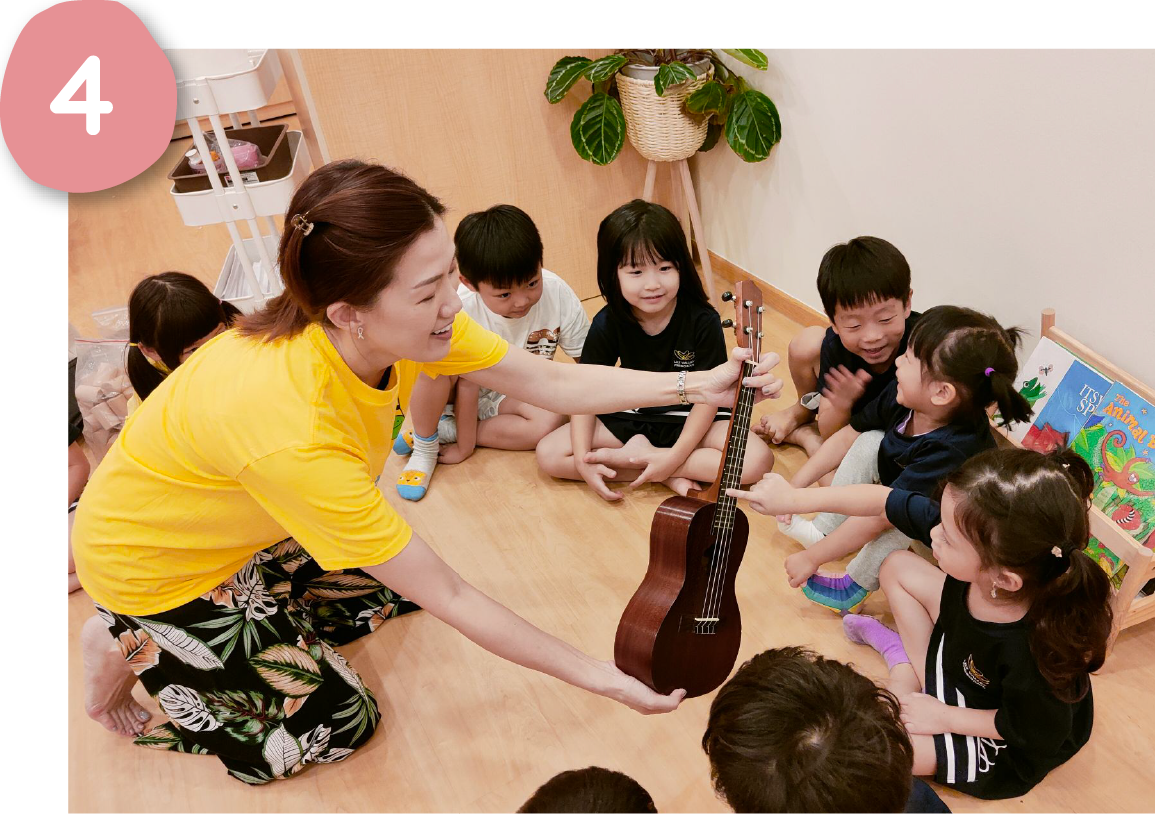
Teachers in the Reggio Emilia approach aren’t just collaborators in the children’s learning efforts: they’re also co-learners.
They therefore take less of a top-down approach to instruction. Instead of dictating knowledge, they facilitate learning experiences based on children’s interests, observe them, and document them.
Contrast this to traditional approaches, where teachers typically play a more authoritative role. They give students information and take the lead in the educational process. These approaches also emphasise the assessment and scoring as a teacher’s duties.

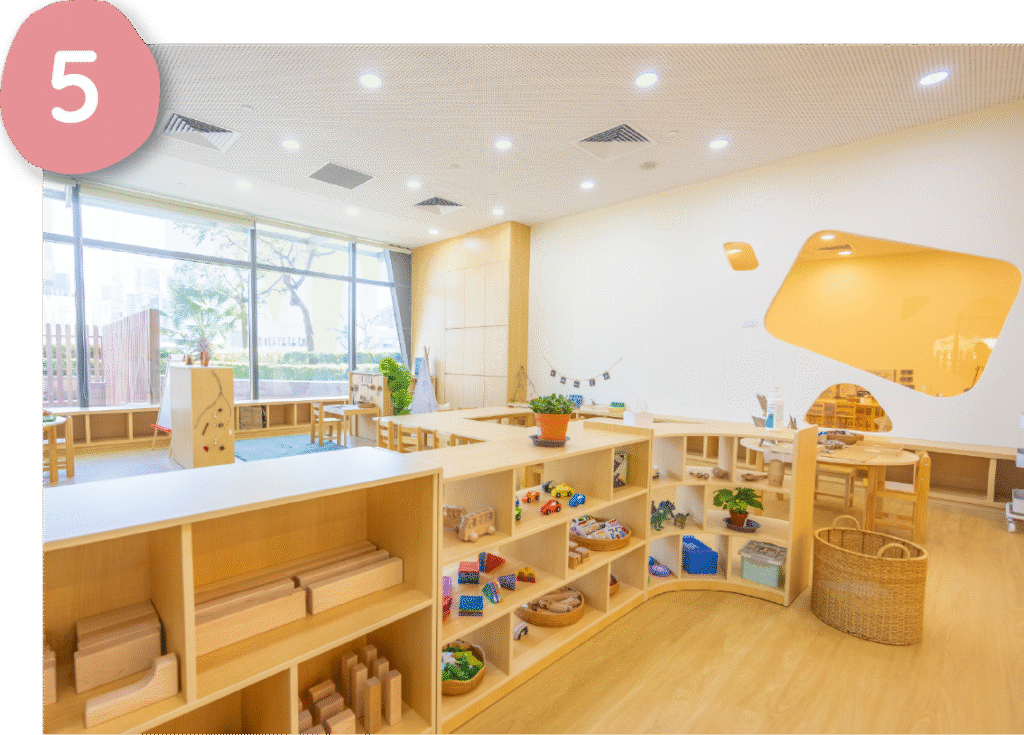
Reggio Emilia-inspired classrooms are designed to promote creativity, curiosity, and exploration. Because of this, they often have natural materials, open spaces, and nooks or areas equipped with various creative media easily accessible. Since children’s agency in their education is also emphasised, it’s normal to find classrooms displaying children’s work too!
In traditional classrooms, you get more structured, fixed designs. Desks and chairs are fixtures, as is their position (facing a board or wherever the teacher stays during the lesson). Spaces and pace of learning are teacher-directed as well.
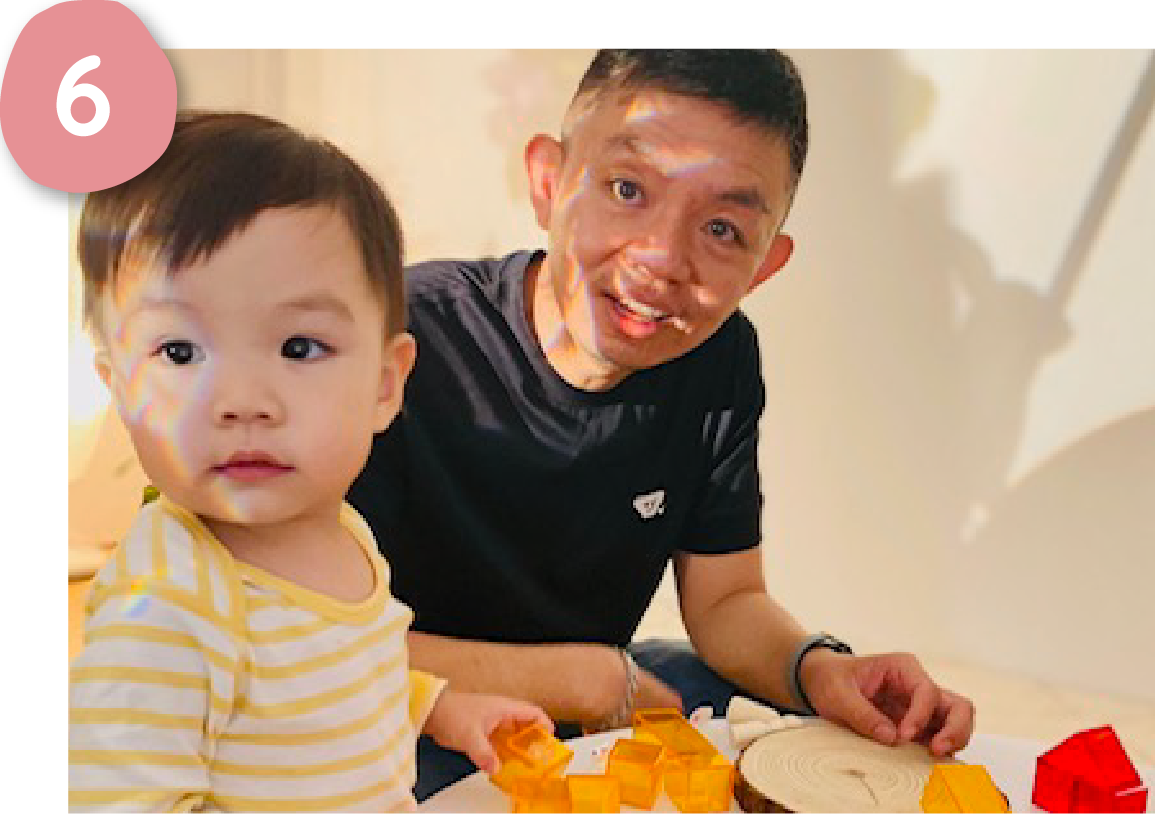
The Reggio Emilia approach values the role of collaboration in the learning process. Parents, for instance, are seen as partners in this process, which is why most Reggio Emilia-inspired preschools like ours welcome parent input and involvement.
This is not always the case in traditional preschools, by comparison. Parent involvement may be encouraged in some of these, yes, but rarely is it integrated into the process the way it is in a Reggio Emilia-inspired preschool. Even the communication between parents and teachers tends to be more structured and periodic here, as in parent-teacher meetings.

A child-centric educational philosophy, the Reggio Emilia approach is one of the most popular approaches to learning today. Among other things, it takes advantage of a child’s natural inclination to play to nurture joyful learning in a supportive environment.
Ultimately, however, it’s up to you as a parent to decide whether or not it’s the right one for your child’s specific needs.
If you’d like to explore how your child can benefit from a Reggio Emilia-inspired preschool and curriculum, feel free to contact us or come down for a school tour. This not only lets you talk to our teachers directly, but also gives you a chance to see the facilities like our specialised learning ateliers.
Contact us and schedule a tour of a Reggio Emilia-inspired preschool today.